Think of this: you put yourself into a VR headset, and you roam your dream home. The sun comes through a fantasy bay window, you look up at the imaginary chandelier, and you are even tempted to touch the imaginary marble countertop—all before the first brick is laid down. Previously sounding like science fiction, it is now a norm among the best interior decorators.
Conventional design depended on sketches, mood boards and a static 3D view. Although valuable, these did not give clients a sense of what a place will be like. The distance that existed between the imagination and the reality was commonly occupied with uncertainty, miscommunication, and revisions that turned out to be of a highly costly nature.
The design world today is being redefined by three-dimensional space and experience technology. Using systems such as Plutoplanet and technologies of virtual reality (VR) and augmented reality (AR), designers can now collaborate with their clients in a manner that would not have been possible ten years ago. It is not merely whether we can see it in advance, but how profoundly we can experience it before there is anything to experience.
The blog will discuss how 3D visualization, VR and metaverse technologies are changing the interior design industry and how the professions of designer and interior designer are being reshaped, establishing a new gold standard of creativity and accuracy.
The Emergence of the 3D Spaces in Interior Design
The design world has never been shy to adopt technology—fromdesign drafts on paper to computer-aided design (CAD) and realistic renders. However, 3D spaces can be taken further: they enable the designers and the clients themselves to enter a project prior to the beginning of the construction.
The diagrammatic representations that designers create using 3D drawing features can be extremely detailed.
VR headsets make the clients take a full-scale walkthrough of the environment.
The AR apps superimpose the digital designs on the real-world settings by means of a phone or a tablet.
Applications like Plutoplanet are up to the plate by presenting a live render and collaborative drawing in the cloud. Such tools are no longer the domain of luxury companies alone, since the costs of hardware continue to decline, and users can purchase access to software.
Three forces are pushing:
Smoother software: Greater use of rendering engines performs near-photographic quality in a few seconds.
Cheaper hardware: VR can be purchased as inexpensive consumer retail hardware.
Growing client expectations: Customers are demanding to actually see and feel their investments first before they part with their money.
The 3D spaces are transforming the role of interior designer in the following ways.
a. A conservative long-term plan for interactive multimedia narrative architects
Previously, designers presented concepts using swatches and two-dimensional floor plans. They now exhibit spaces in locomotion. Clients get to navigate rooms that do not technically exist yet—they can view the effect of light changing throughout the day, test line of sight, and get the sense of scale on a physical level. Interior designers have been the narrators of the narratives of spaces and are no longer mere surface decorators.
b. More participatory and client-centered design process
Clients can provide feedback instantly within a virtual model, rather than having to wait weeks to review any changes. The wall can be shifted in a couple of seconds. A sofa could be colored with a click. Such collaboration in real-time saves a lot of time, eliminates any possibility of misunderstanding, and comes up with a design that fully enjoys client preferences.
c. Evidence-based decision-making
Immersive technology is not only about an esthetical experience but also performance. Lighting plans, air circulation patterns and material finishings may be tested virtually by designers. The method promotes sustainability and energy efficiency. The design process is not only intuitive anymore; it is increasingly an evidence-driven process.
d. Scale up in services and proficiency
Designers need to do more than fulfill the role of a draftsman. It is necessary to have expertise in VR, AR and real-time rendering environments. Interior designers now also act as creative technologists with artistry combined with technical agility. With such tools as Plutoplanet, such workflows can be simplified, but designers must know how to create a strong story in 3 dimensions.
The most valuable advantages of 3D spaces for both customers and interior decorators
Fewer errors and corrections—When clients are provided with the opportunity to review virtual forms, errors are identified quickly.
Improved budgetary estimation and budgetary control—Changes in material and layouts can be priced instantly, preventing any cost shocks.
Higher client satisfaction—A design that’s experienced virtually brings about confidence and excitement.
The cutting-edge advantage to progressive designers—the companies open to immersion technology become different and have a competitive edge in a saturated field.
Take into account that there was a time when interior designing was based on trust and imagination. But do metaverse interior design tools fill that gap, as they let you see exactly what is materializing?
Challenges and Limitations
Naturally, the process of transition is not easy.
Learning Curve and Training: The VR design platforms are hard to get good at and thus require learning and training.
Software and equipment expenses: Prices are starting to fall, but top-of-the-range systems are still very costly.
Danger of excess reliance on images: A photorealistic image can be so perfect looking that it does not take into consideration the other senses, such as touch or sound.
The answer is not to stop testing our materials in the real world but to consider how we best combine previews and physical samples. Interior design professionals should not fail to inform the clients that virtual beauty should not be used to neglect the real world.
Future Projections What is this going to lead to?
The trend of immersive design is not losing pace. This is what is in store:
Real-time design proposals (with AI)—What about having a program analyze the work and phenomenon that responds to design proposals in a wink?
Completely immersive metaverse consultations—In the near future, designers and clients will be meeting as avatars inside of shared virtual homes or offices, regardless of where they are on the planet.
Democratization of design—Do-it-yourselfers will fiddle with free or low-cost software, and professionals will provide expert polish.
Platforms such as Plutoplanet are already venturing into all of these areas, showing the world that the future of design is inclusive and borderless. Metaverse applications to the interior design workflow are likely to become the norm as opposed to being a far-fetched breakthrough.
Conclusion
The 3D spaces have transformed interior design by combining the creativity and usage of the immersive technology. It is no longer just about designers drawing up plans and architects sketching out how a space would feel, but actually giving clients the ability to experience that space, touch and feel it, and perfect it in real time.
The advantages are unquestionable: reduction in the number of mistakes, acceleration of the approval process, and projects that comply with clients' expectations without a hitch. However, these innovations are also high-cost, which requires new skills, new investment and embracement of change.
Interior designers that move towards this change and learn how to work with VR, AR, and metaverse collaboration tools, such as Plutoplanet, will not only keep up with the pace of the industry but will shape it further.
The future is obvious: whether it will be the case that the interior design of buildings will be redefined by the use of 3D spaces or not is not an issue anymore, but how soon you will have to adjust to this new reality is.
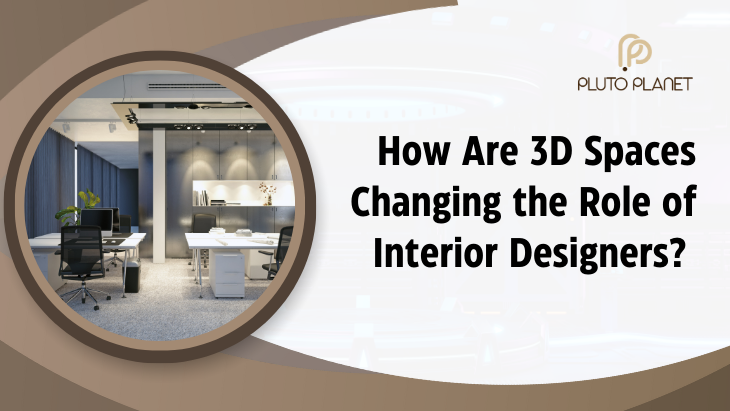



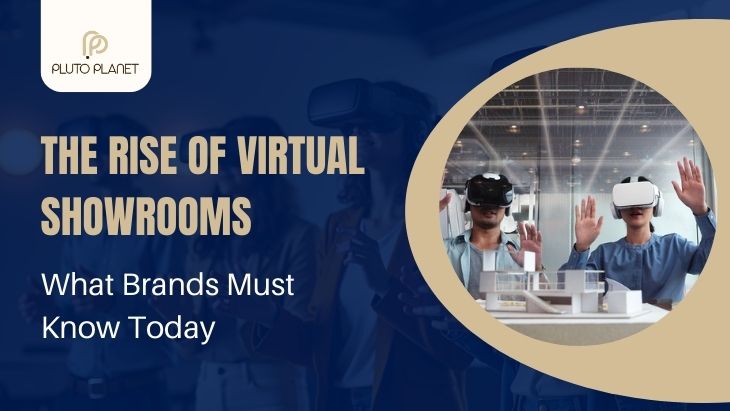
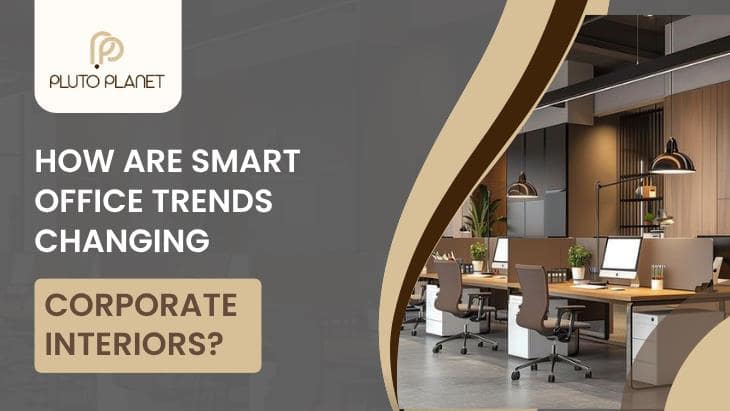
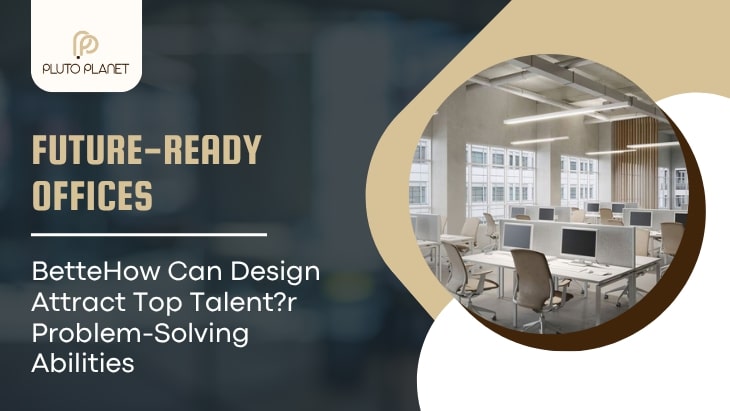
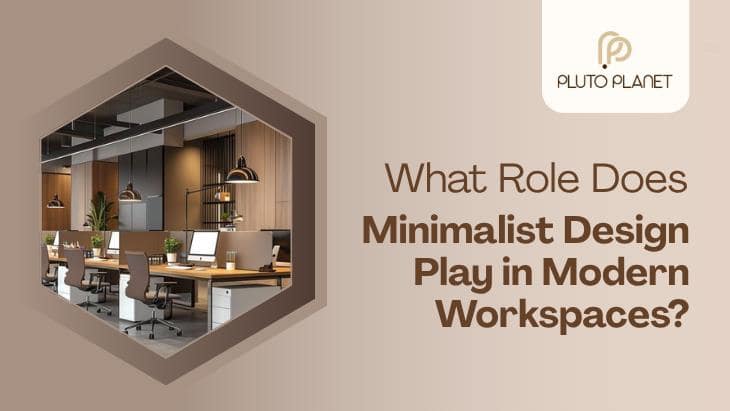

Leave a reply